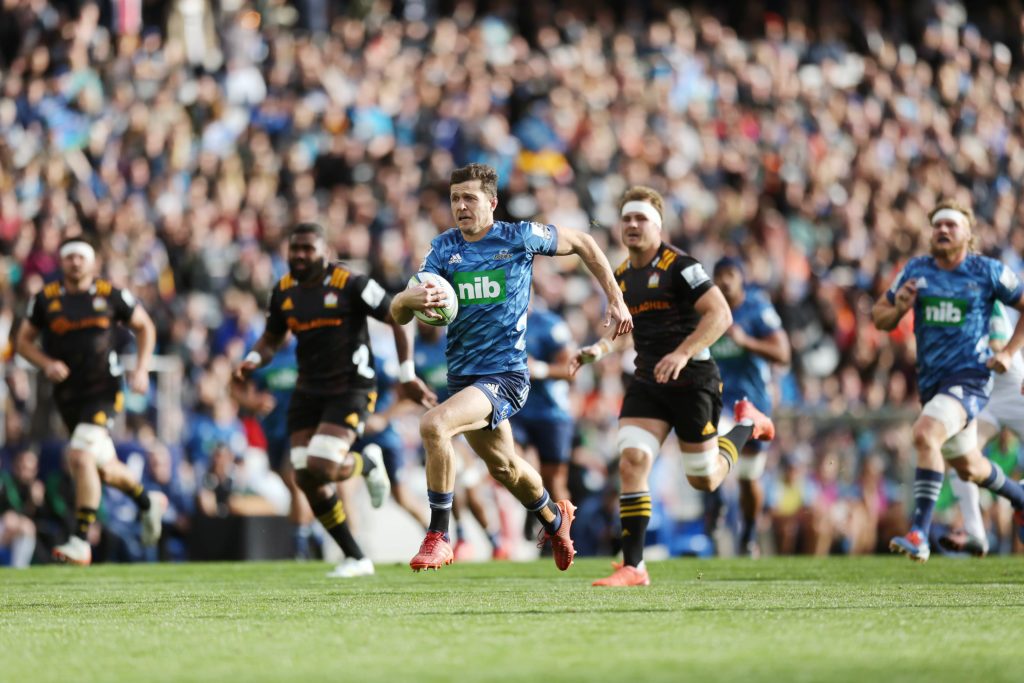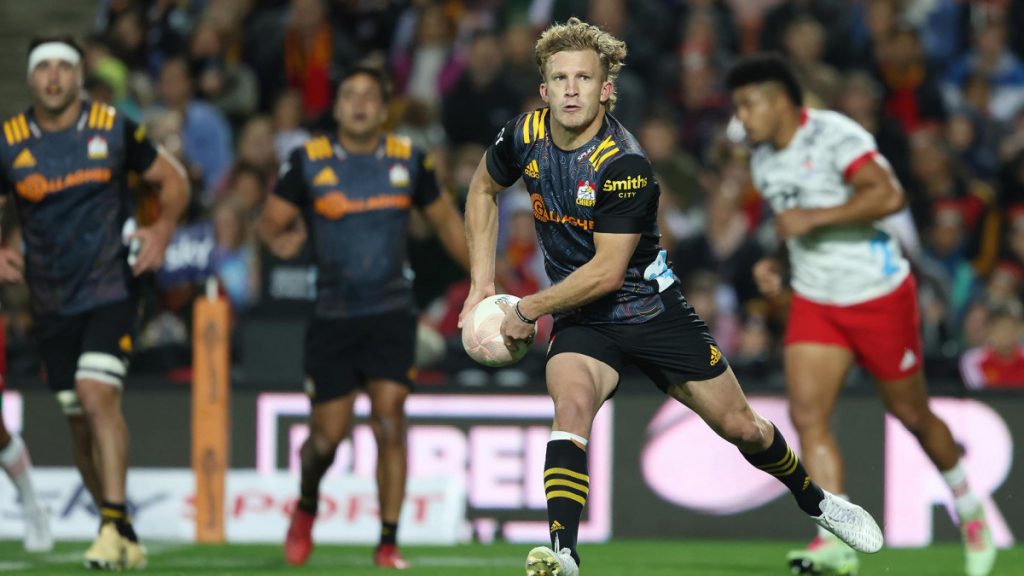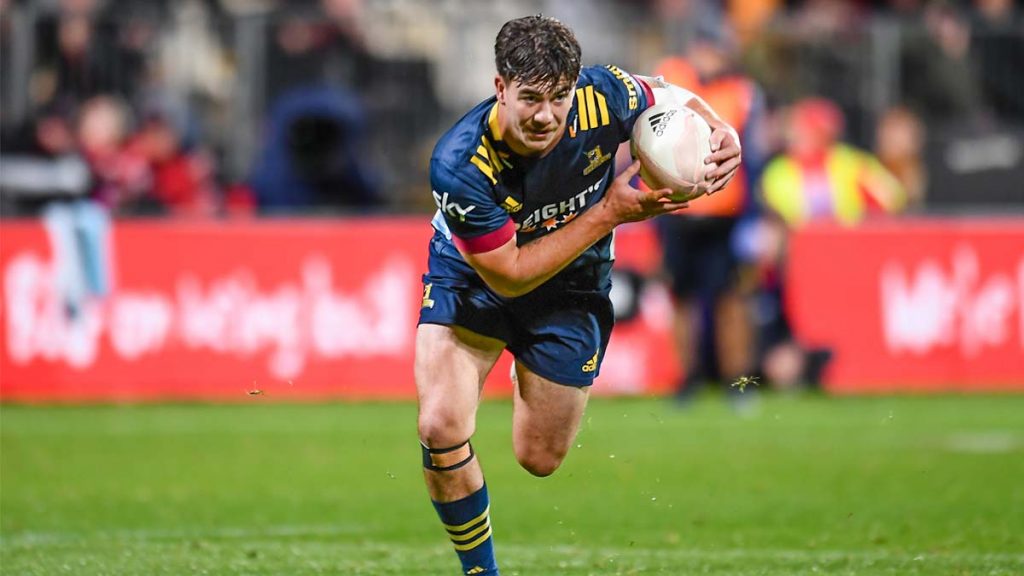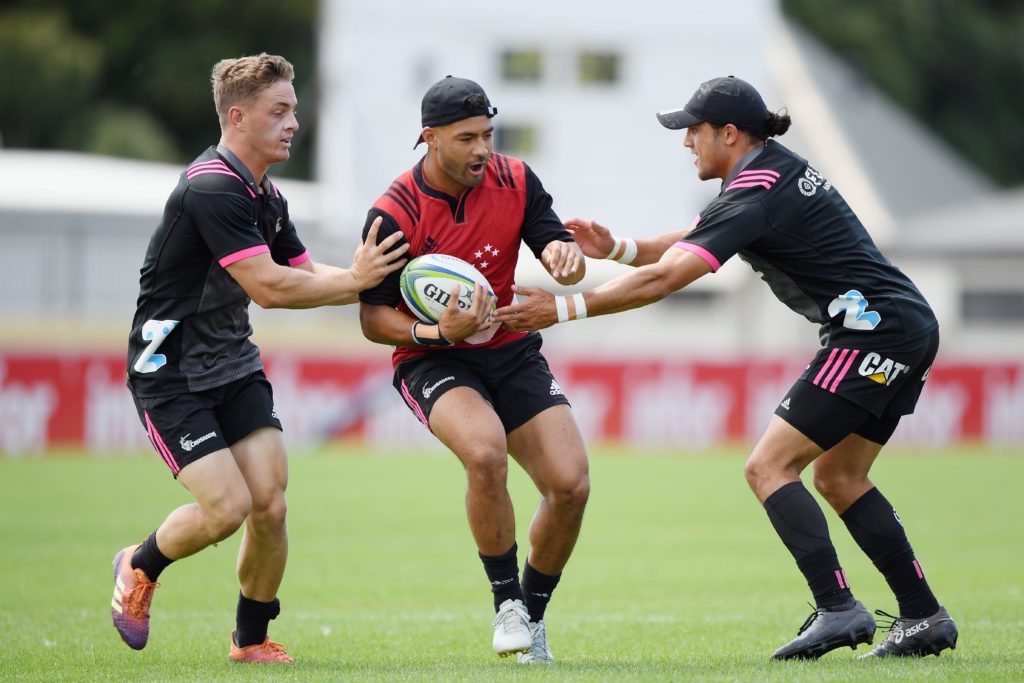Super Rugby Aotearoa may have been conceived as a stop-gap competition to fill a void created by last year’s global pandemic, but it quickly became one of the most exciting tournaments on the calendar.
Fans turned out in droves to fill their local stadiums and, particularly in Auckland, it seemed like live rugby was back on the up in New Zealand.
Global viewership was also through the roof, with the high-speed, high-intensity competition winning many a Northern Hemisphere doubter over.
Now in the second year of its inception, the interest in Super Rugby Aotearoa has waned.
Stadiums are no longer brimming, with local fans again choosing to watch their code from the comfort of their own homes.
Viewership may not have taken as a big a hit, but the audience has certainly decreased thanks in part to the other competitions and sports available to watch, now that the pandemic’s strangling hold has been somewhat loosened.

That’s not to say that the competition isn’t still popular, because it very much is, but it’s perhaps not quite the golden goose that it was cooked up as last year.
The hugely physical contests – bordering on test match intensity – are also taking a heavy toll on New Zealand’s top players.
Sam Cane, Ardie Savea, Jack Goodhue, Patrick Tuipulotu, Joe Moody, Liam Squire, Tom Christie, Folau Fakatava, Connor Garden-Bachop, Quinn Tupaea, Dalton Papalii, Daniel Lienert-Brown and Marino Mikaele-Tu’u all have spent or will spend significant time on the sidelines this year thanks to injuries suffered during their side’s Super Rugby Aotearoa campaigns.
For the players who remain fit, it’s hardly been a walk in the park either.
People don’t get how much harder you go against your best mate … When you play your mate every week, the collisions, the kilometres we run, it all adds up.
Aaron Smith on the challenges of Super Rugby Aotearoa
Aaron Smith recently spoke of how enjoyable the competition has been on the Devlin Radio Show – but he also acknowledged its brutality.
“I think if you look back over time, [the high attrition rate] is not a coincidence,” he said. “Back-to-back derbies, it’s definitely got to have an impact.
“People don’t get how much harder you go against your best mate. It’s real. It’s not like saying we don’t respect the South Africans, Aussies, Jaguares, Japanese but when you play your mate every week, the collisions, the kilometres we run, it all adds up.
“You get the odd shock [injures] which are just horrific, fell awkwardly or got caught in the tackle, but then there are the other injuries around fatigue, hamstrings, groin strains, stuff like that. It’s just time [spent] on these big games and it takes a lot out of us. But this is what we do, we’re not complaining but the Aotearoa Super Rugby comp is vicious.”
Ironically, the shorter length of the competition has potentially made things even tougher for senior players.
With just eight games per team in the round-robin stage of the tournament, every match is a must-win – and there are no easy opportunities to rest players.

The Crusaders, who all but locked up hosting rights for the grand final in their golden-point win over the Hurricanes in Round 7 of the 10-week competition, were able to put a significant number of players on ice against the Chiefs last weekend but every other side has needed to field close to a first-string team week after week.
Naturally, that’s going to increase the chances of injuries for those players who haven’t been afforded a rest.
Thirteen players have started in all of their sides’ games played this season: Hoskins Sotutu, Stephen Perofeta, Rieko Ioane, Caleb Clarke, Samisoni Taukei’aho, Brad Weber, Damian McKenzie, Tyrel Lomax, Ngani Laumape, Jordie Barrett, Scott Barrett, Richie Mo’unga and Shannon Frizell.
There’s a very good chance that many of those men won’t get a rest during Super Rugby Aotearoa, instead having to rely upon their Trans-Tasman games for the opportunity to finally take a break.
Of course, there’s still a Trans-Tasman final on June 19 to think about it.
All five New Zealand sides will be confident that they can emerge undefeated from their five matches with Australia opposition and there’s a very real chance that the standings at the end of the regular season could be influenced by points differential, which also puts pressure on the top players to turn up week-in and week-out.
In total, just 23 new players have made their Super Rugby debuts this year. The likes of Garden-Bachop and Luke Campbell have featured regularly for their sides, but the other 21 players have amassed just 15 starts altogether.
Brodie Retallick recently spoke to The XV regarding how his break from New Zealand rugby has likely extended his career. Meanwhile, his compatriots are busy playing in one of the most intense competitions in the world for the second year running.
Even after factoring in the high attrition rate of Super Rugby Aotearoa, the five NZ franchises have had to lean heavily on their experienced stars.
The Highlanders, who have lost over half a dozen players to season-ending injuries, have blooded 10 new players this year. Just four of those players, however, are new to Super Rugby altogether: Connor Garden-Bachop, Jack Regan, Freedom Vahaakolo and Caleb Makene.
While Garden-Bachop proved a revelation for the southerners until he broke his hand against the Chiefs, the latter three have featured in just four matches between them.

It’s a similar story around the rest of the country.
In total, just 23 new players have made their Super Rugby debuts this year. The likes of Garden-Bachop and Luke Campbell have featured regularly for their sides, but the other 21 players have amassed just 15 starts altogether.
As it currently stands, 2021 boasts the fewest debuts of any season of Super Rugby since its inception in 1996.
Given we’ve played just seven rounds so far, that’s not a major surprise, but the current year is a major outlier even on a per game basis.
Because there’s so much on the line every week, teams are relying on their proven performers match after match – which both puts a heavy burden on the top players and inhibits development opportunities for the youngsters coming through the ranks.
Quinten Strange and Mitch Dunshea, who were both called into the All Blacks last year, have managed just a solitary start apiece with the Scott Barrett/Samuel Whitelock combination employed in seven of the Crusaders’ eight matches to date.
If 2021 had been like any other season, the likes of Rivez Reihana, Zarn Sullivan and Jacob Ratumaitavuki-Kneepkens would not be sitting on zero minutes.
While there’s no need to necessarily rush these youngsters into action, it’s not just the new talent that’s been held back in 2021. The second tier of players that, in normal circumstances, might be a year or two out from emerging as genuine contenders for national selection, have also been on restricted minutes.
In Fergus Burke and Brett Cameron, the Crusaders have two highly promising first five-eighths who will have aspirations of following in the footsteps of Richie Mo’unga, Dan Carter and Andrew Mehrtens for the All Blacks. Mo’unga, however, has been required for every match of the Crusaders’ campaign to date while Burke and Cameron have just 50 minutes of action between them.
Halfback Ereatara Enari, who debuted in 2017 and is now in his third full-time season with the Crusaders, hasn’t featured for the side at all.

Even Quinten Strange and Mitch Dunshea, who were both called into the All Blacks last year, have managed just a solitary start apiece with the Scott Barrett/Samuel Whitelock combination employed in seven of the Crusaders’ eight matches to date.
The limited rotation we’ve seen so far in this competition has been between already proven players while the men who are yet to really get a proper taste of the action have again been starved of opportunities.
That’s not a major problem in of itself, but it would pose problems for the All Blacks down the track if Super Rugby Aotearoa became the norm and wasn’t just a stop-gap measure for when international travel is on ice.
Come 2024, a slew of New Zealand’s top players will head offshore – potentially more than following any other World Cup cycle, thanks to the increase load that many are managing thanks to two seasons of back-to-back derbies.
What happens then if the next tier of players are still only barely coming to terms with the level required for Super Rugby? Your Fergus Burkes and your Zarn Sullivans aren’t going to be anywhere near the level that’s needed for them to step in and plug the gaps left by the likes of Beauden Barrett and Richie Mo’unga.
Thankfully, Super Rugby Trans-Tasman is just around the corner and coaches will inevitably be more willing to spread the load when up against the likes of the Waratahs and Rebels, but we’re unlikely to see a similar situation in the future when the New Zealand and Australian teams come together alongside Moana Pasifika and Fijian Drua for whatever form Super Rugby takes in 2022.
The Aotearoa competition has been a breath of fresh air and it’s kept New Zealand rugby at the forefront during a challenging period – but no matter how exciting a product it is, it can only ever be a temporary solution to a hopefully temporary problem.


Comments
Join free and tell us what you really think!
Sign up for free